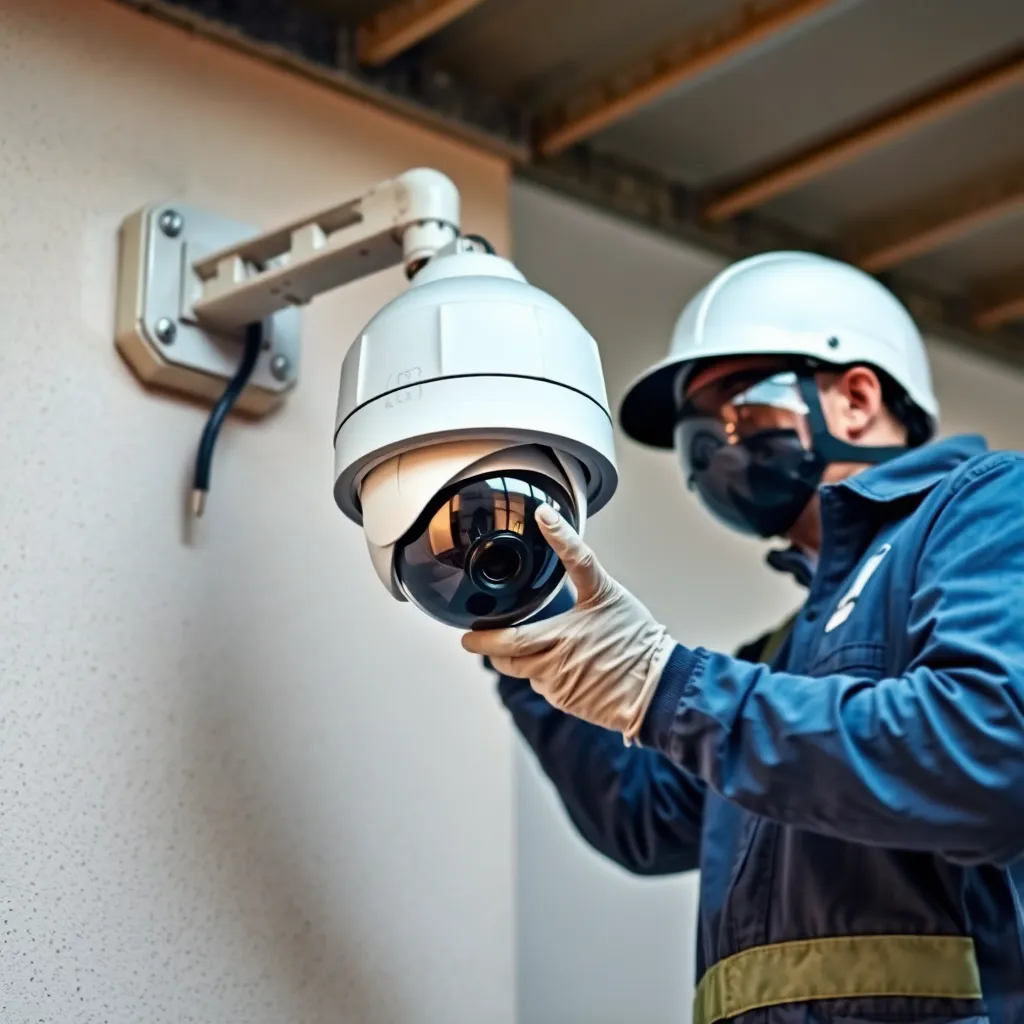
Overview
Radiation Resistant CCTV Housing is a specialized enclosure designed to safeguard surveillance cameras and electronic devices from ionizing radiation. These housings are essential in environments where radiation is prevalent, such as nuclear power plants, medical facilities, and industrial settings. As safety standards continue to rise and the demand for reliable surveillance solutions in radiation-rich environments grows, the importance of radiation-resistant CCTV housing has never been more critical. These solutions play a vital role in ensuring both security and operational integrity.
Historical Development
The evolution of radiation-resistant CCTV housing began in the mid-20th century, spurred by advancements in nuclear technology and the increasing need for enhanced safety measures to protect electronic equipment. Initially, basic shielding materials were used, but the industry has since progressed to incorporate advanced materials such as lead, tungsten, and innovative composites. These materials effectively shield against various radiation types, including gamma rays and X-rays, ensuring the longevity and reliability of surveillance systems.
Market Growth
The market for radiation-resistant CCTV housings has experienced rapid expansion, with a valuation of approximately USD 95.75 million in 2021, projected to reach USD 125.81 million by 2030. This growth is largely driven by the heightened demand for robust surveillance solutions in critical environments, particularly in the wake of the COVID-19 pandemic. Regulatory developments have also significantly influenced the market, with new policies emerging to enforce safety standards for radiation-producing devices. This regulatory framework has fostered collaboration between government bodies and industry stakeholders, leading to innovative solutions that address the challenges posed by radiation exposure.
Challenges in the Sector
Despite the promising growth, the sector faces several challenges, including the high costs associated with radiation-resistant technologies, radiological protection issues, and the need for regular maintenance to comply with stringent safety regulations. Stakeholders must navigate these challenges while prioritizing innovation to enhance the safety and efficacy of surveillance systems in radiation-exposed environments.
Design and Materials
Overview of Design Considerations
The design of radiation-resistant CCTV housings is crucial for ensuring the longevity and functionality of security systems in radiation-prone environments. Key design considerations include material selection, housing configuration, and assembly techniques, all aimed at providing optimal protection against radiation while maintaining durability and functionality.
Material Selection
-
Metal Housings: Metallic materials, particularly lead and aluminum alloys, are commonly used in the construction of radiation-resistant CCTV housings. Lead is favored for its high density and effective shielding properties against X-rays and gamma radiation, making it ideal for applications requiring significant radiation protection. Aluminum alloys are utilized for their lightweight and corrosion-resistant properties, enhancing the portability and durability of the housing.
-
Composite Materials: Recent advancements in materials science have led to the exploration of composite materials that combine the beneficial properties of metals and polymers. For instance, metal/polymer composites leverage the high electrical conductivity of metals with the superior mechanical properties of polymers, resulting in lightweight and flexible housings suitable for varied environments. These composites maintain the structural integrity and functionality of the housing while effectively attenuating radiation.
Future Trends
Looking ahead, the integration of new technologies and materials, along with a focus on public-private partnerships and updated regulations, is expected to drive continued advancements in radiation-resistant CCTV housing. Stakeholders are encouraged to prioritize innovation to enhance the safety and efficacy of surveillance systems in radiation-exposed environments, ensuring they meet the evolving demands of various industries.
Conclusion
Radiation-resistant cameras and housings are essential for maintaining safety and security in environments where radiation exposure is a concern. As the demand for these specialized solutions continues to grow, investing in high-quality radiation-resistant CCTV housing is crucial for ensuring operational integrity and compliance with safety standards.
For more information on radiation-resistant cameras and housings, or to explore our range of surveillance solutions, please get in touch with us .




